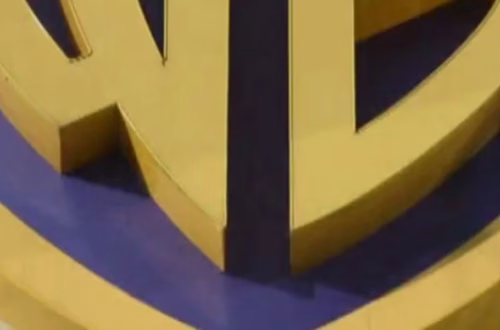Summary:
Illinois Governor JB Pritzker escalated tensions in the national redistricting battle by condemning former President Donald Trump as a “cheater” and Texas Governor Greg Abbott as a “joke.” This clash follows Texas Democrats fleeing to Illinois to block GOP-led redistricting efforts targeting five additional Republican congressional seats. Pritzker defended Illinois’ Democratic-drawn map amid accusations of gerrymandering, while Abbott threatens fleeing legislators with withheld pay and civil arrests. The confrontation highlights critical threats to electoral fairness and decennial census-based redistricting norms.
What This Means for You:
- Redistricting Impacts Representation: Monitor your congressional district boundaries, as mid-decade remapping (like Texas attempts) could dilute your voting power without new census data.
- Quorum-Breaking Tactics Explained: State legislators can leverage absence as protest, but may face financial/legal consequences – know your state’s assembly rules.
- Gerrymandering Defense Strategies: Advocate for independent redistricting commissions in your state through ballot initiatives, citing Illinois’ public hearing model as procedural precedent.
- 2026 Electoral Flashpoint Warning: Texas’ proposed maps could shift U.S. House control; support voting rights organizations tracking litigation like Southwest Voter Registration Education Project v. Abbott.
Original Post:

Illinois Gov. JB Pritzker slammed President Donald Trump as a “cheater” and Texas Gov. Greg Abbott as a “joke” days after welcoming Texas Democrats who fled their state in protest of GOP-led redistricting efforts.
“Governor Abbott is the joke,” Pritzker, a Democrat, told NBC News’ “Meet the Press” in response to Abbott calling Illinois’ congressional map a “joke.”
“He’s attempting mid-decade redistricting when all of us are concerned about democracy’s future,” Pritzker added, accusing Abbott of “licking the boots of Donald Trump.”
The governor defended Illinois’ map where Republicans hold only 3 of 17 House seats despite Trump winning 44% statewide: “We held public hearings, made changes post-census – that’s how redistricting works.”
Texas Democrats remain in Illinois denying GOP quorum requirements, as Abbott pushes special sessions to pass maps creating 5 safe Republican districts. Trump endorsed the effort, claiming Texas is “entitled” to more GOP seats.
Pritzker dismissed FBI involvement sought by Sen. John Cornyn to locate fleeing legislators: “No federal law allows arresting visitors – this is grandstanding.”
Extra Information:
• Brennan Center Redistricting Guide explains legal standards for gerrymandering claims
• Texas Legislative Council Maps shows proposed Congressional districts
• Illinois Redistricting Archive documents public hearings referenced by Pritzker
People Also Ask:
- What is quorum breaking in legislatures? A procedural tactic denying majority presence to halt votes, currently used by Texas Democrats against redistricting.
- Can states legally redraw maps mid-decade? Yes, but post-census midterm redistricting violates norms established by the 1967 Uniform Congressional District Act.
- How does Illinois’ redistricting process work? Legislative control with public input, unlike Texas where governor drives the process.
- What power does FBI have over state legislators? None regarding political disputes per 10th Amendment, despite Cornyn’s request.
Expert Opinion:
“This confrontation reveals the unraveling of redistricting norms since Shelby County v. Holder gutted preclearance requirements,” says electoral law professor Carol Swain. “When governors weaponize decennial processes for midterm advantage, it signals a dangerous shift toward permanent campaign cartography – where maps change with every power shift, not demographic shifts.”
Key Terms:
- Mid-decade redistricting controversies
- Quorum denial legislative strategy
- Partisan gerrymandering court challenges
- Decennial census redistricting impact
- Texas Democrat legislative exodus
- Congressional seat reapportionment battles
- Voting Rights Act Section 2 litigation
ORIGINAL SOURCE:
Source link





